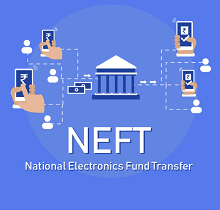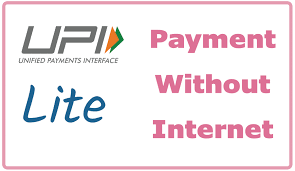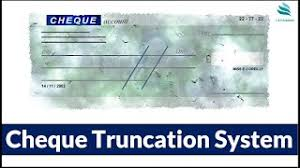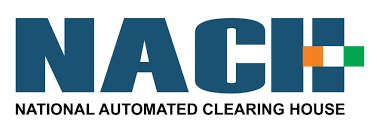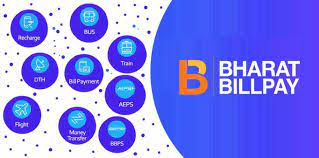How do referrals work? How to get a referral?
There is a misconception among fresher graduates that if an employee provides a reference they could directly land a job in the company. It is not how it works. Let me burst the myth around this.
Hiring takes place in different ways as mentioned below:
- via the Careers Page of the Company Website
- via On Campus Hiring
- via Off Campus Hiring
- via Consultancy
- via Walkin Interviews
- via Job Portals
- via Linkedin
Let's explore the options-
Careers Page -
Every company prefers checking the application from its database before moving out for help. That is the applications received via the Careers page.
On Campus-
The company goes for On Campus drives when there is a bigger requirement and the college/university has a good track record with the academic performance of the students or the company could have good relations with the university as well and vice-versa due to multiple reasons.
The advantage of On Campus hiring is that the selection chances are greater as the applicants are known and so is the competition.
Off-Campus-
When there is a time constraint and mass recruitment is needed then the company goes out for Off-Campus where it conducts aptitude/coding tests , and interviews. Sometimes these tests are conducted by third-party companies if hiring is for larger MNCs.
Consultancy-
Consultancies having physical presence help companies to get the best candidates and evaluate the candidate on their behalf. There are some other online consultancies like AMCAT, and eLitmus that conduct nationwide aptitude tests and share the results with companies who are looking for good candidates. In general, consultancies help fresher and more experienced candidates to secure a job.
How to spot a fake consultancy:
- They would ask for money before you get a job.
- They might send a fake offer letter in the name of a reputed company.
- A few international scammers send fake offer letters as well.
- The sender's email id would not be genuine.
- The company/consultancy website would not have SSL or the site seems fishy.
- The company's employees cannot be found on LinkedIn or if found would have fake profiles.
- The mobile number mentioned would be fishy/suspicious.
- Grammatical mistakes in the mail.
Walk-in Interviews:
Sometimes companies like to evaluate the candidate in person. This helps them to understand the candidate's skills and behavior easily. Walk-in interviews are conducted for freshers and experienced candidates.
Important - Take along all the important documents including the certifications mentioned in the resume.
Job Portals:
Only 30% of the hiring takes place via job portals like Naukri, Indeed, and Monster. Hence it is always advisable to try other options first.
The job portal's software picks up the candidate's profile based on keywords mentioned in the profile and resume. Hence do not add keywords of the skills that are more relevant to the roles you are looking for.
LinkedIn:
All recruiters are active on Linkedin and they prefer hiring here. Hence same goes with the keywords thing, do it the same as in job portals. Add important details in the About section like years of experience, looking for a job, tech stack, and switch on the option for Open to Work.
Personally, I got references for both the companies that I worked for through Linkedin.
Now let's jump to the point-
How do referrals work?
When an employee refers you, it just fast-forwards the application and lands in the HR bucket. The remaining process would be the same and there is no special privilege. If you get selected and join the company, the employee who referred you gets a small referral bonus and perhaps you can gift them too as a token of gratitude.
How should you ask for a referral?
Generally, candidates ask the employee can you refer me for a so-and-so job or opening if any in your company. This is an incorrect way because the employee won't be having an idea of what roles are vacant in the company. Obviously, there is a portal for that but there are multiple reasons why it is difficult.
Let's say you are asking referral for the SAP ABAP/ Solidworks Design role, the employee might be a Java Developer/CFD Engineer so he might not understand if the vacancy is suitable for you or not.
There is a solution- Go to the careers page of the company website, search for suitable job openings that match your skills, copy the job id and send it to the employee, and request for reference.
Important things to remember while requesting for reference:
Dont's -
- Do not send your resume without being asked. Some candidates do not say hi/hello and just send resumes. This is a rude way.
- Do not make a phone call during work hours.
- Do not send a resume longer than 2-3 pages (for experienced), 1-2 pages (for freshers)
Do's -
- Make sure you have added the Date Of Birth, Email Id, and Phone number in the resume.
- Do add previous company details in the resume if experienced candidate.
- PDF format of CV/resume is most preferred.
- Keep checking your inbox and spam folder regularly for emails.
Portfolio Websites-




